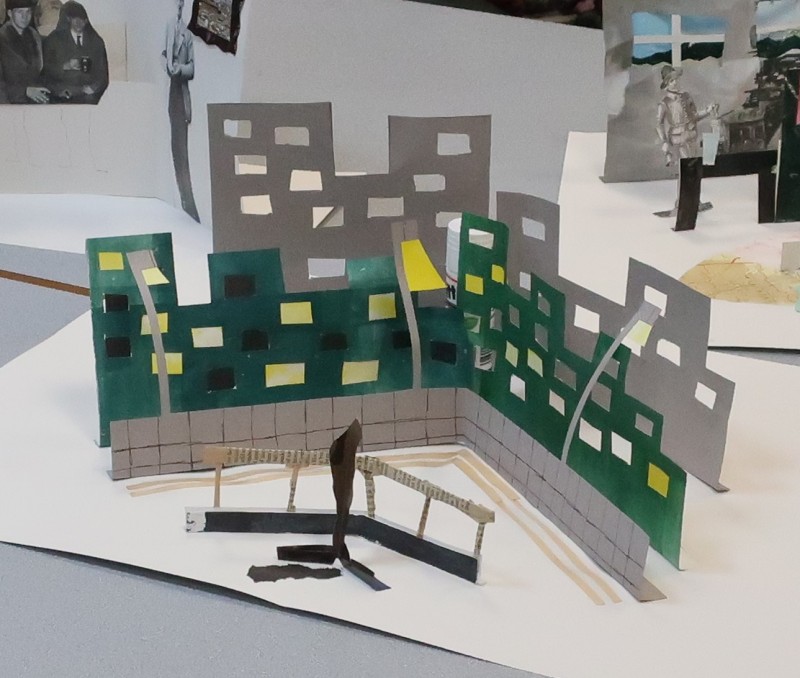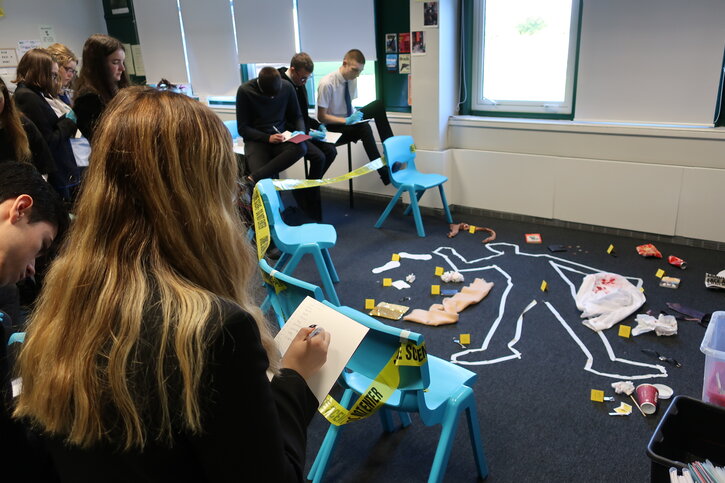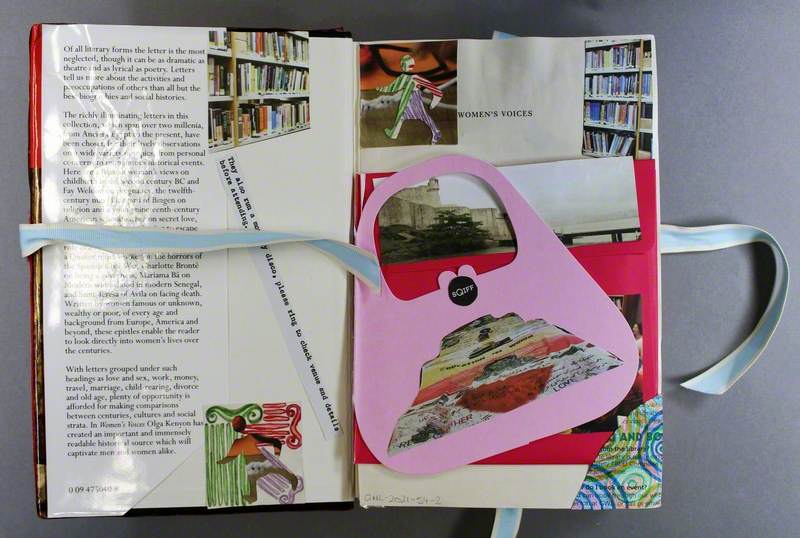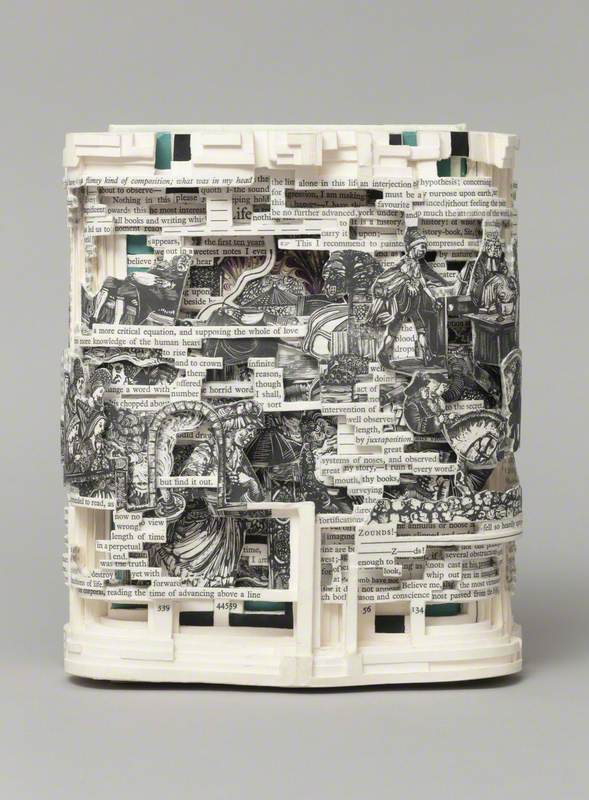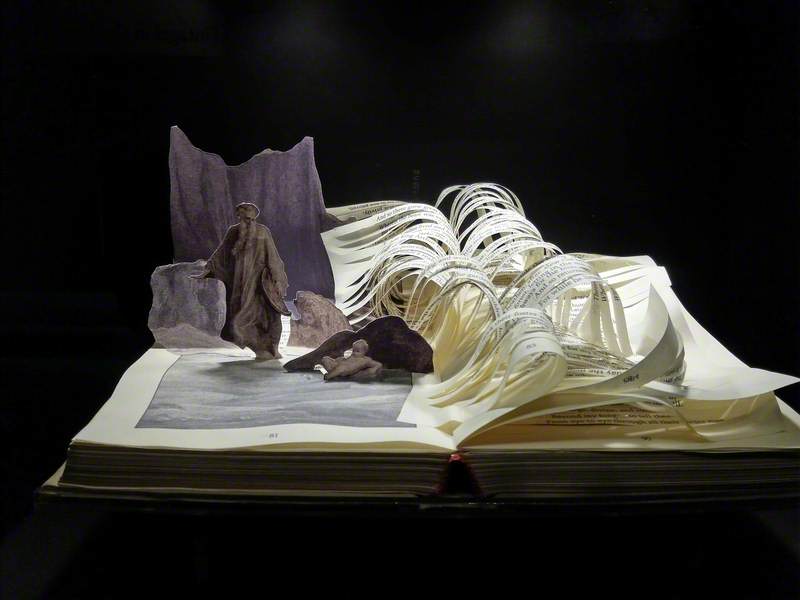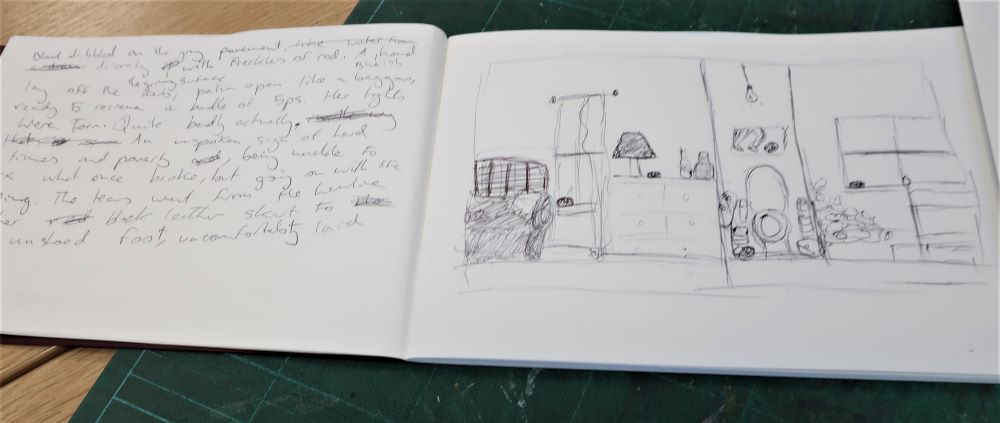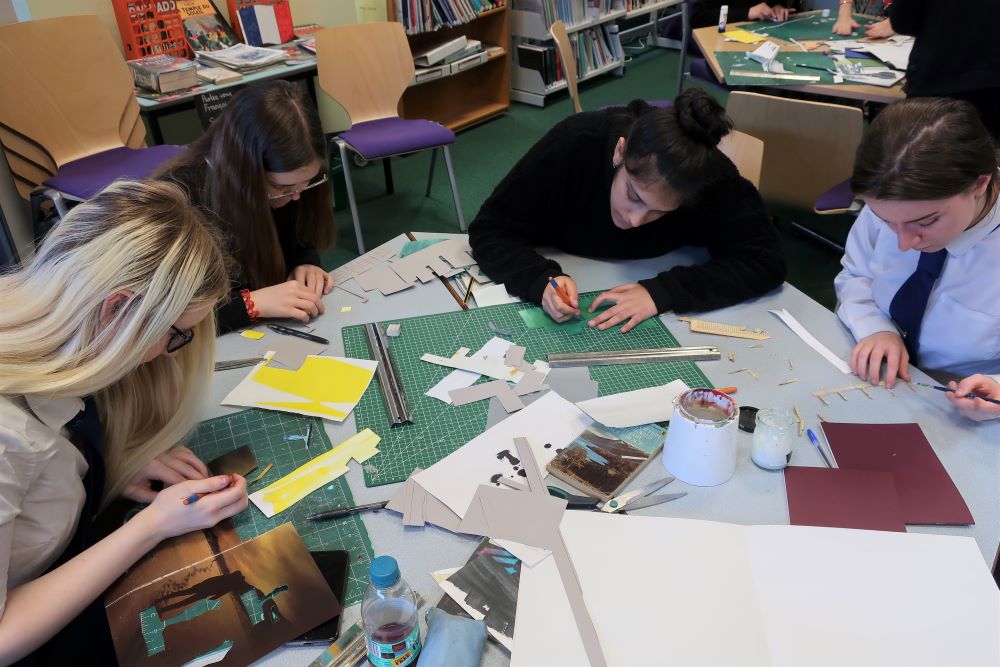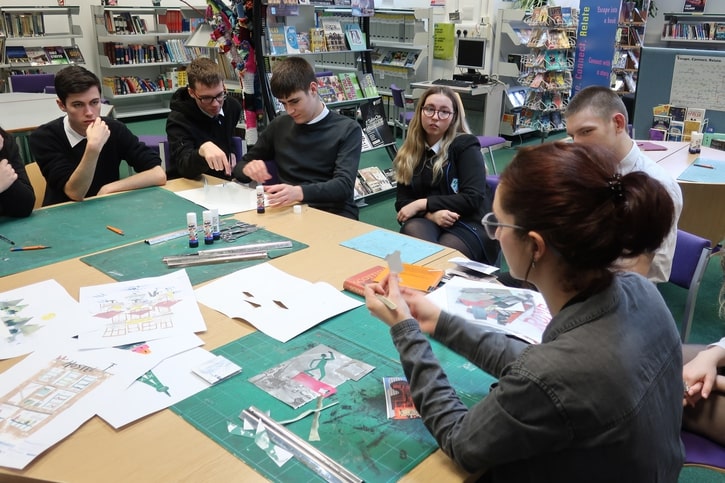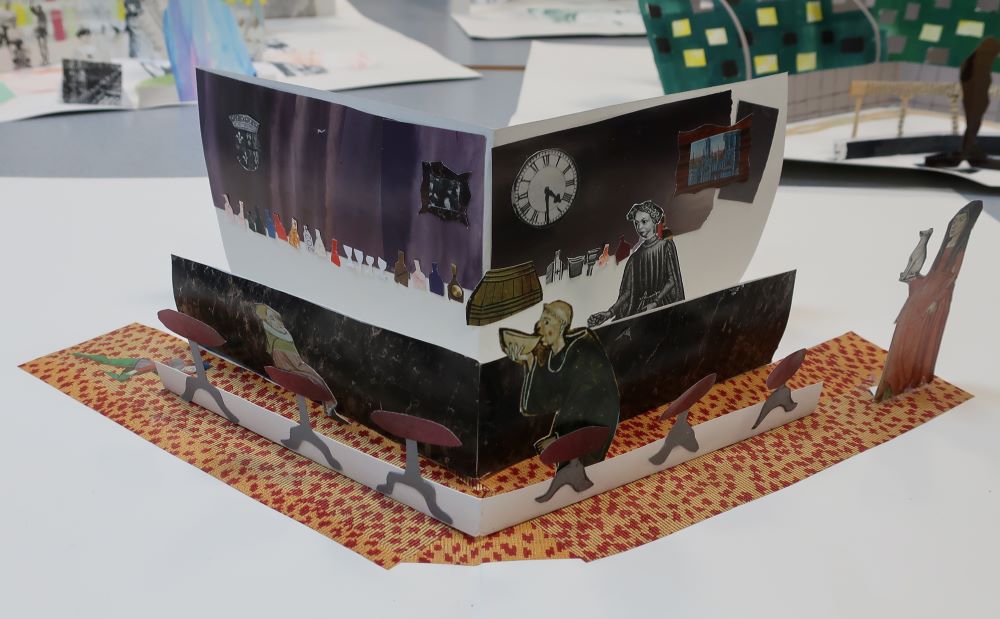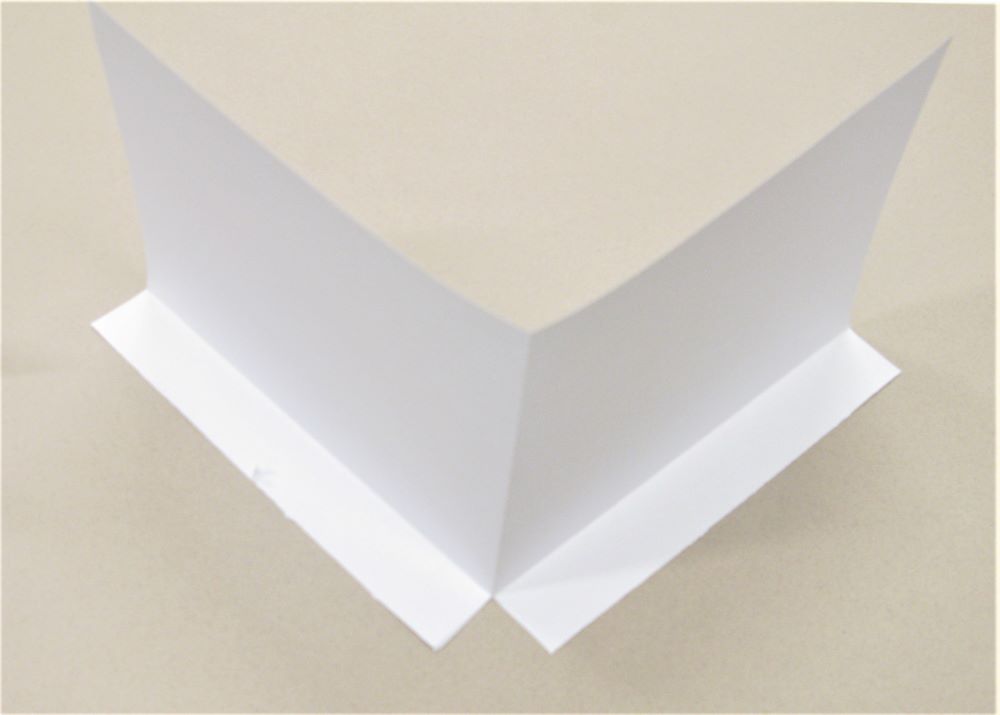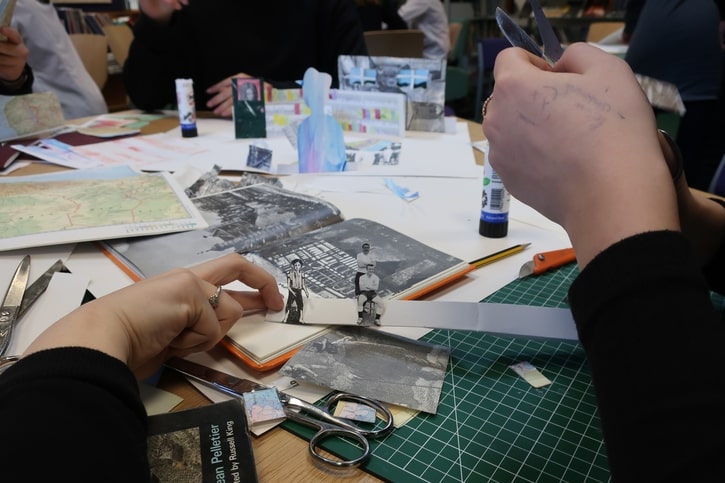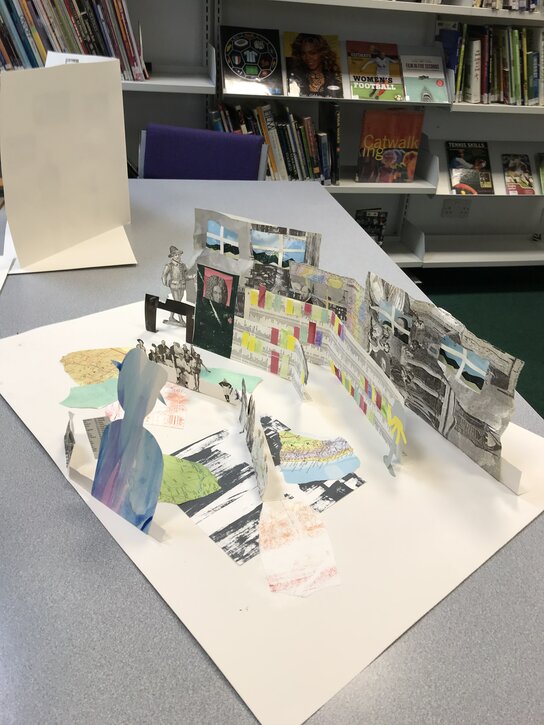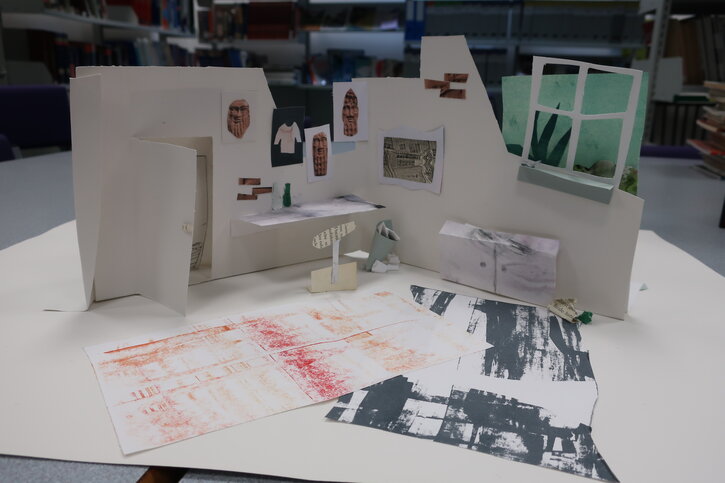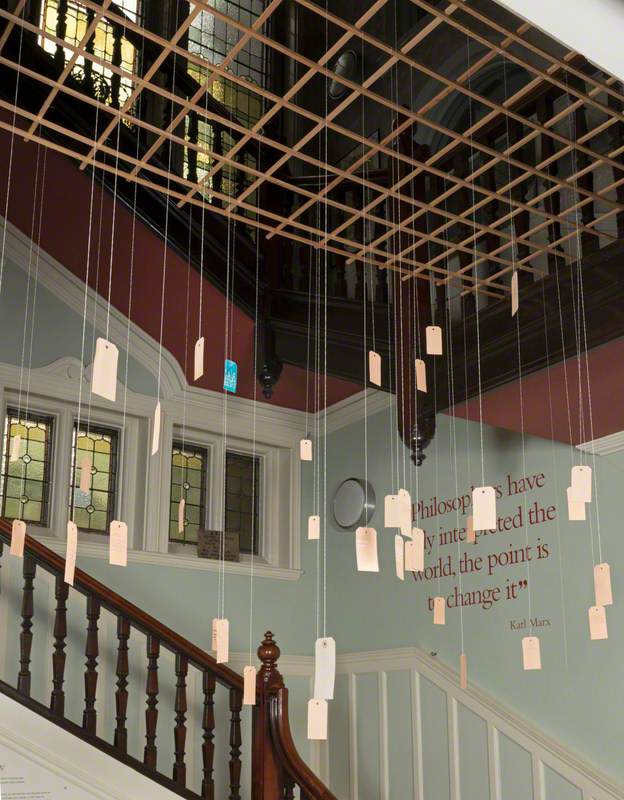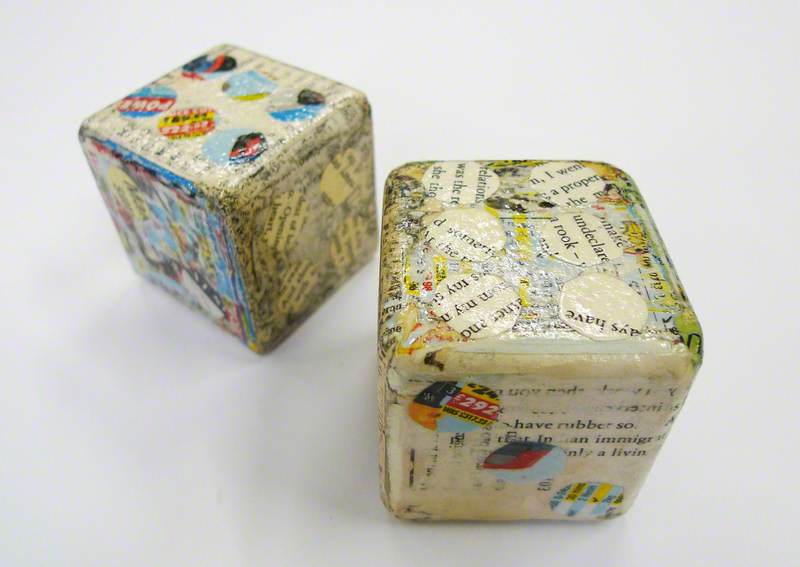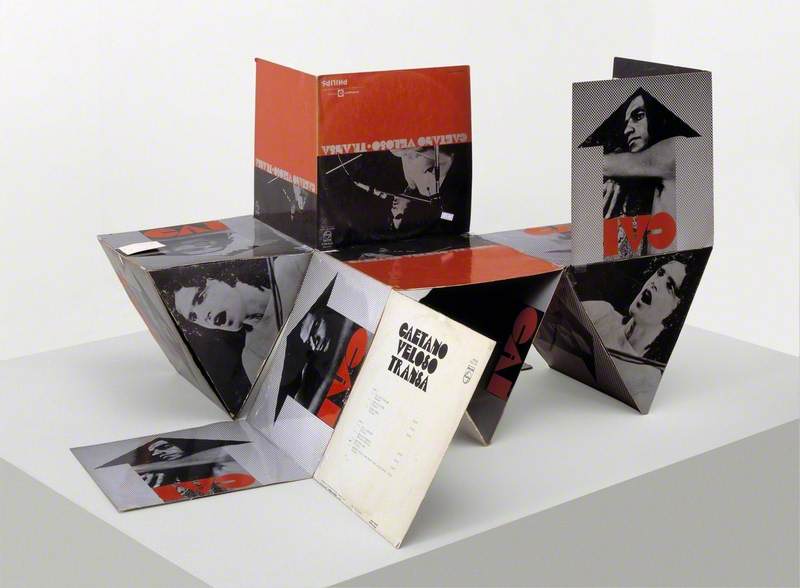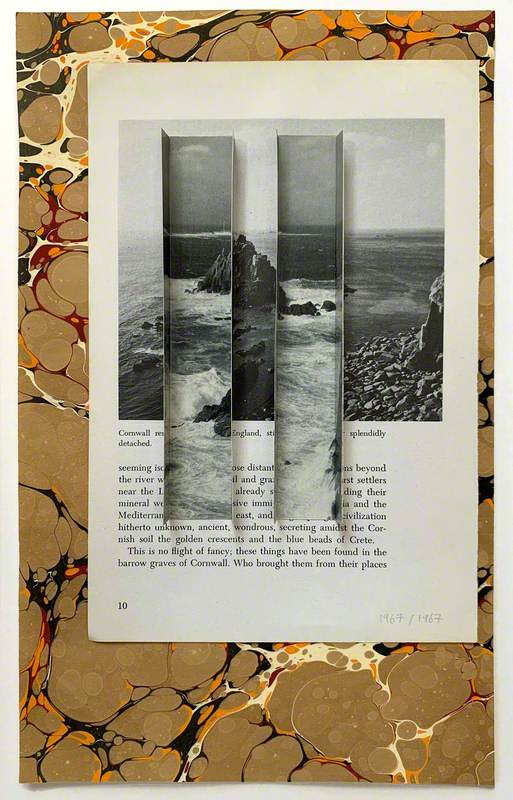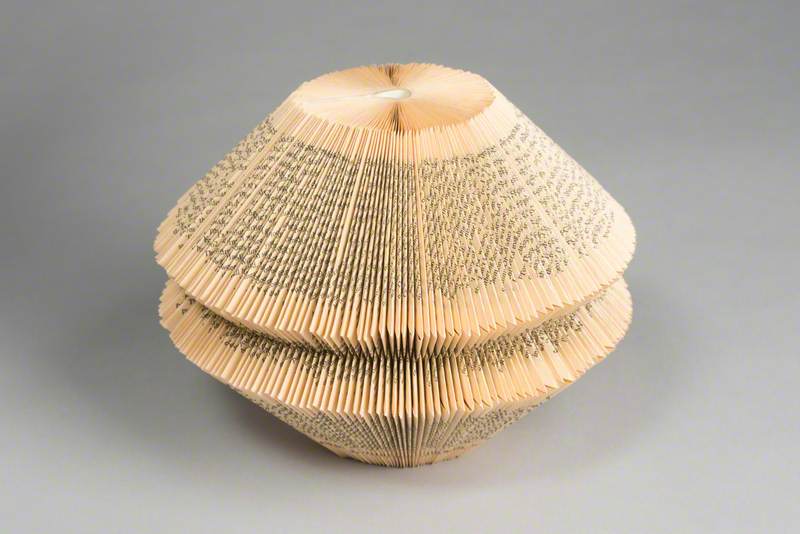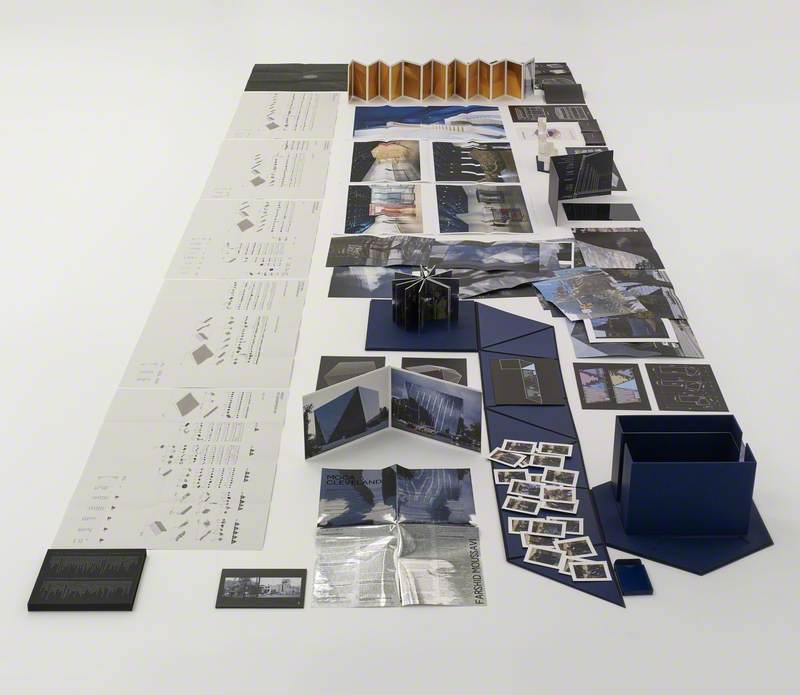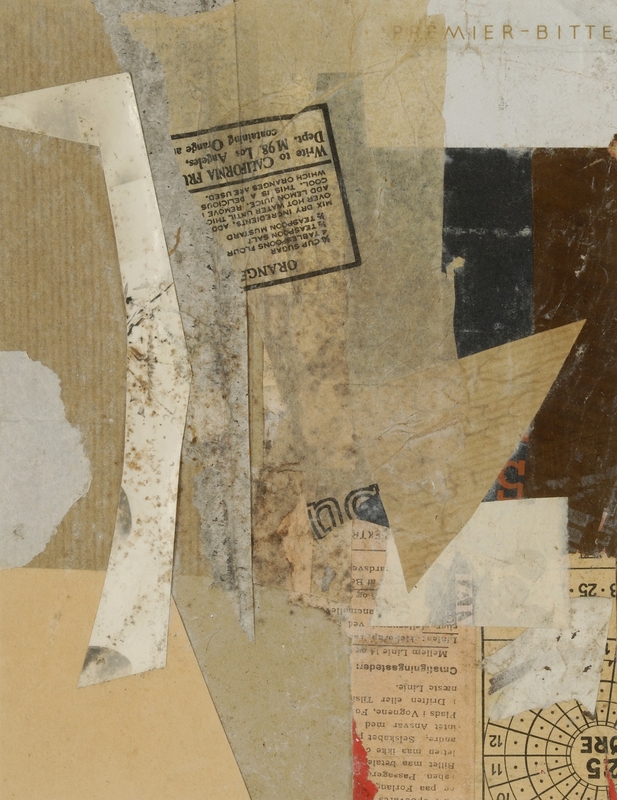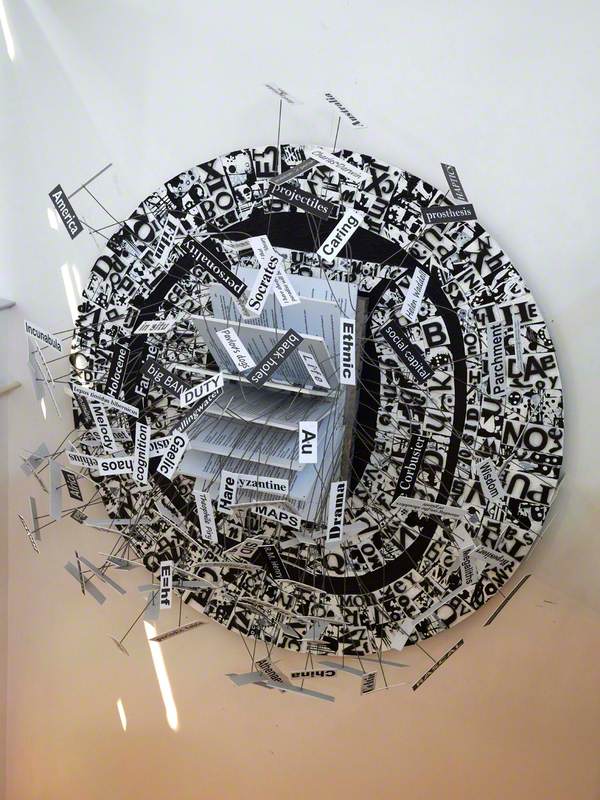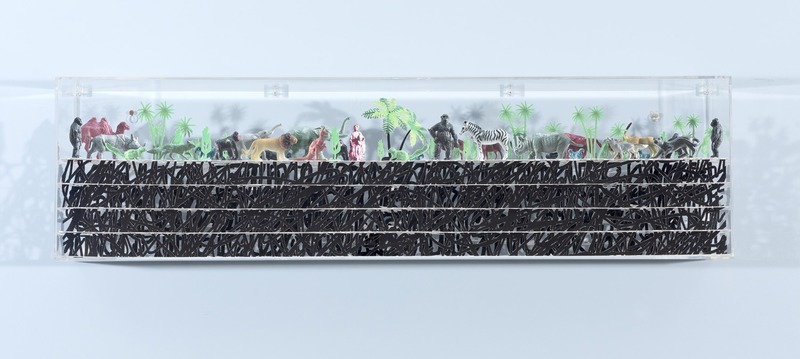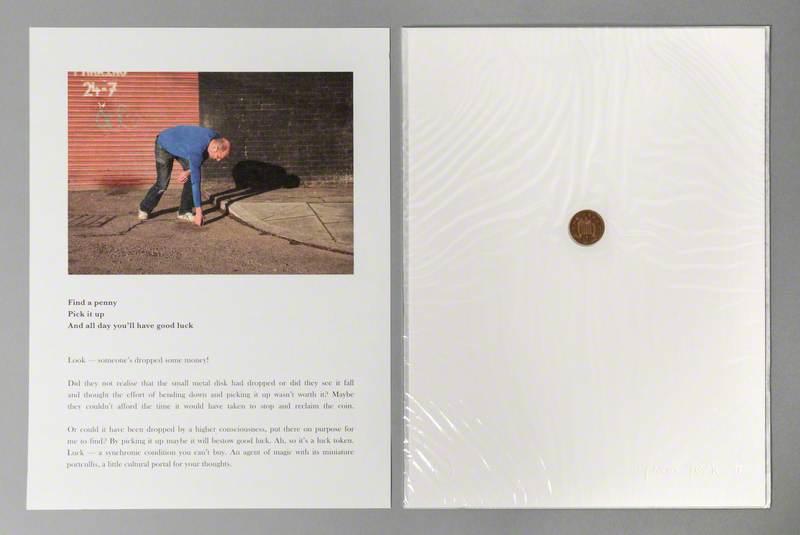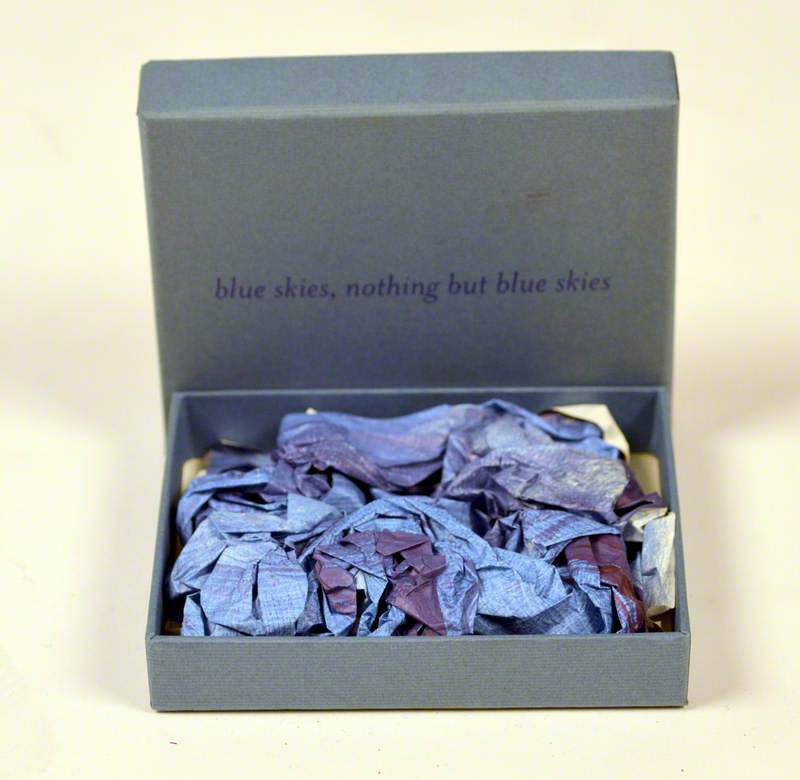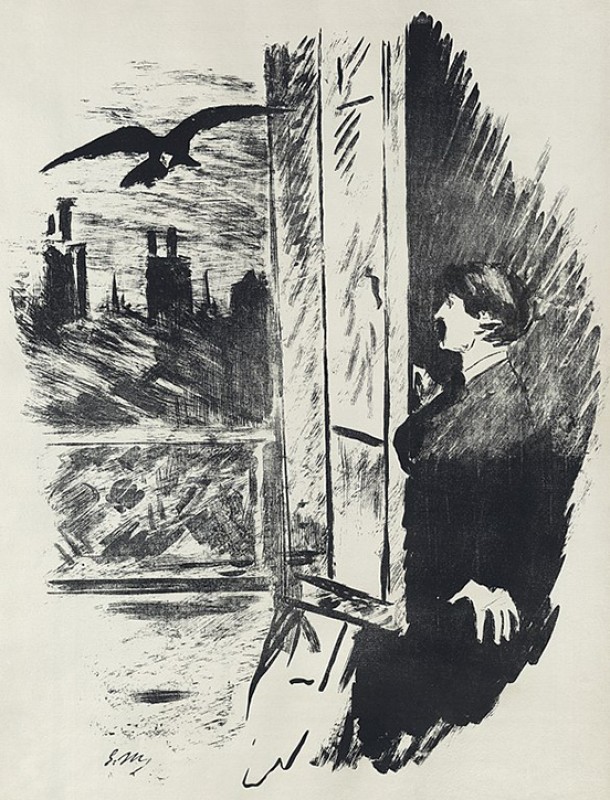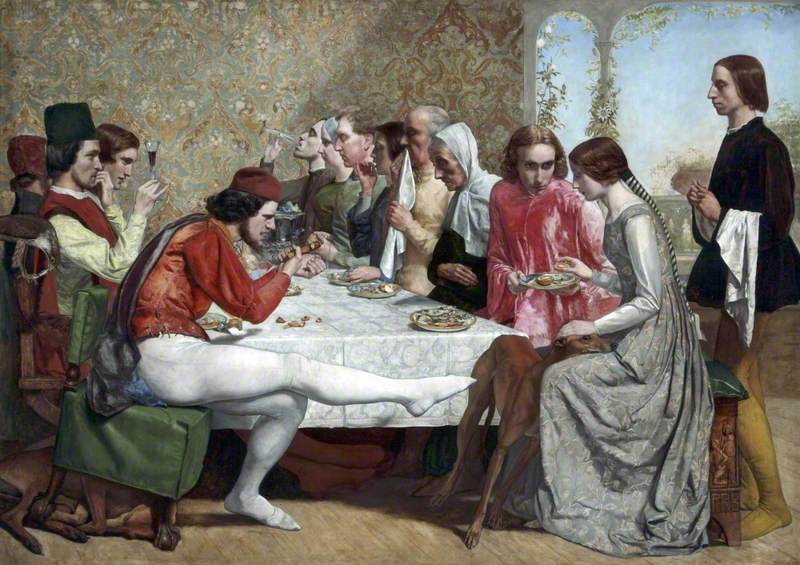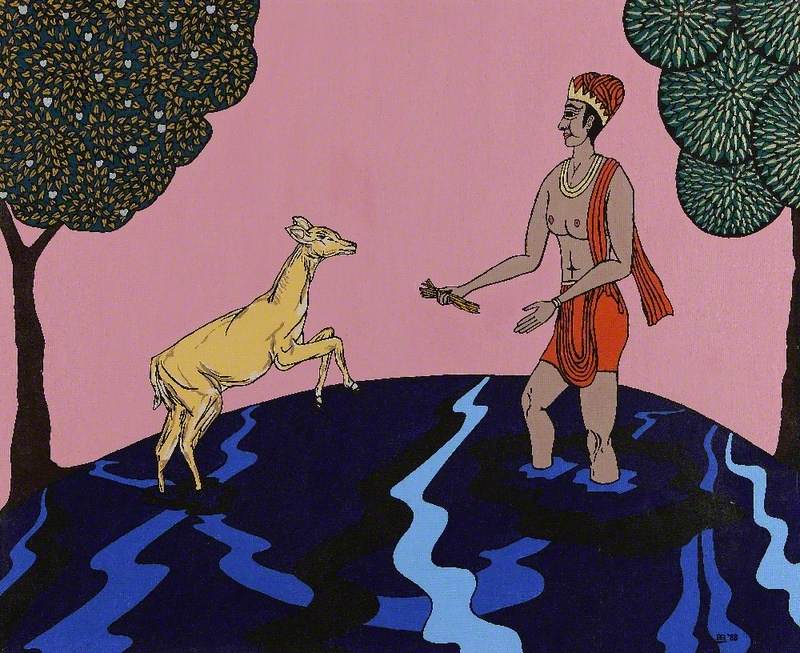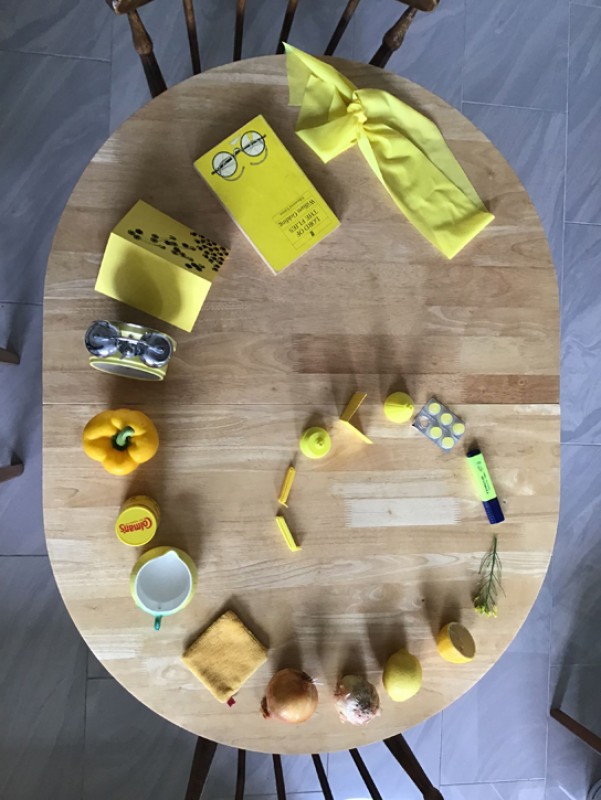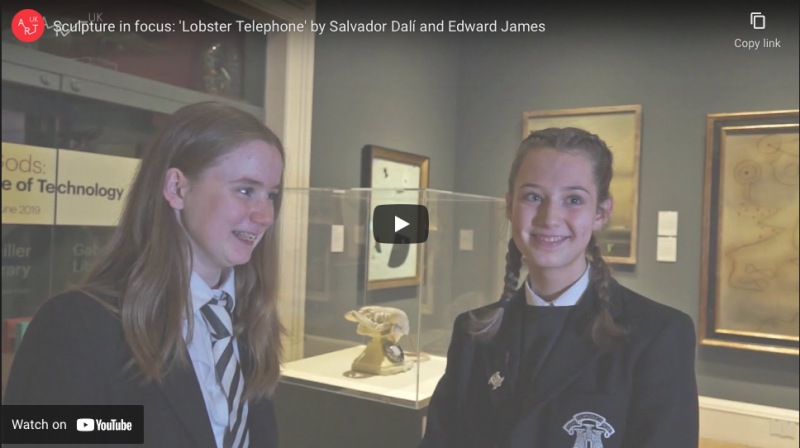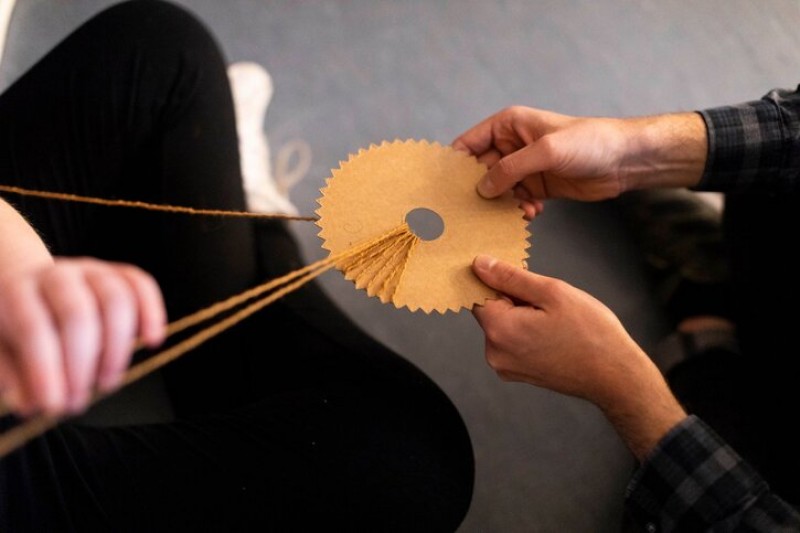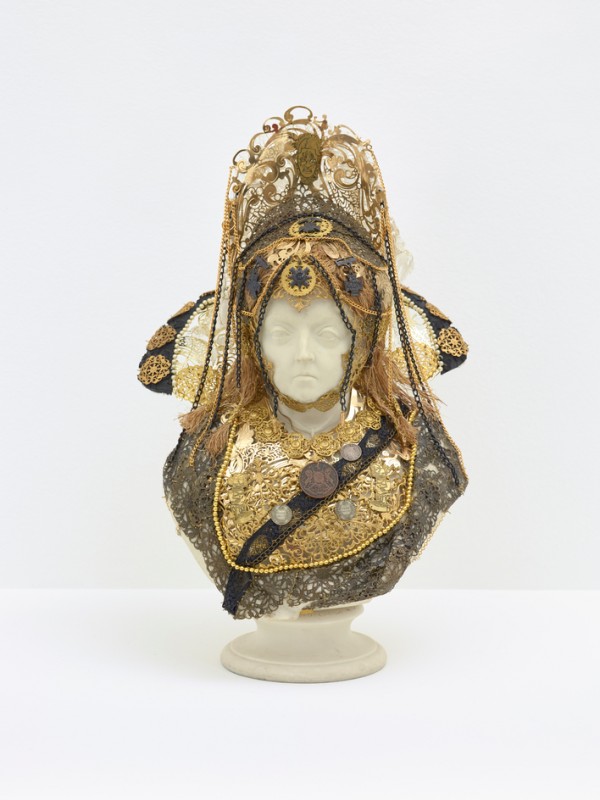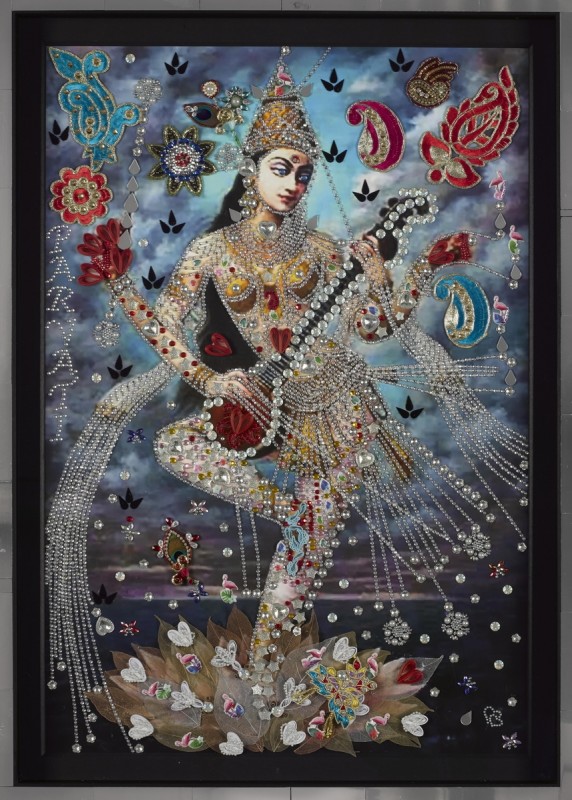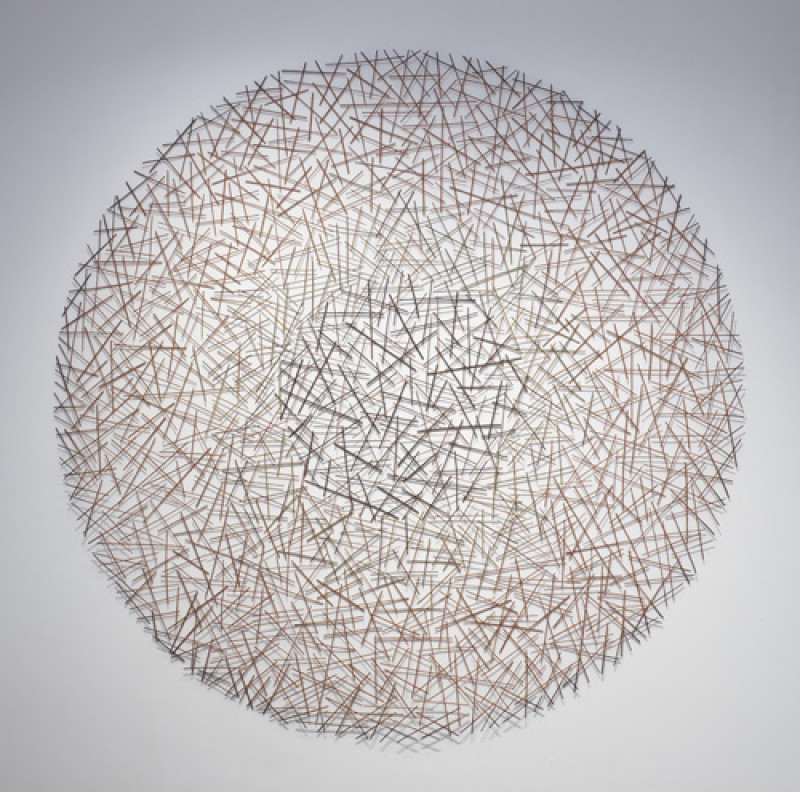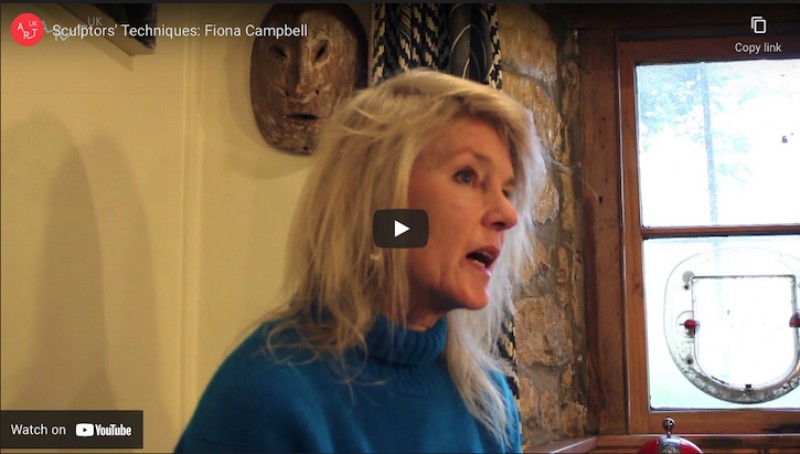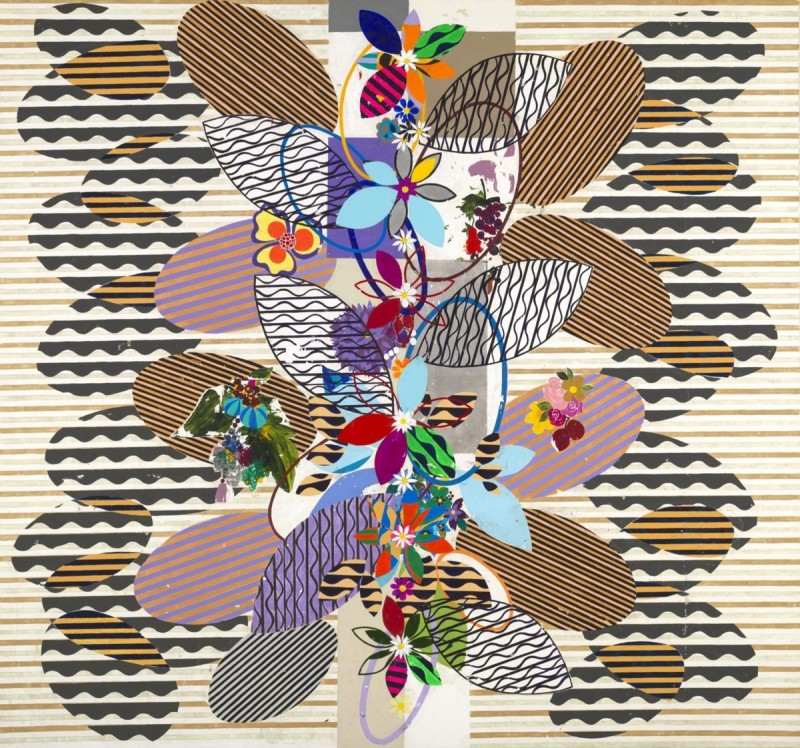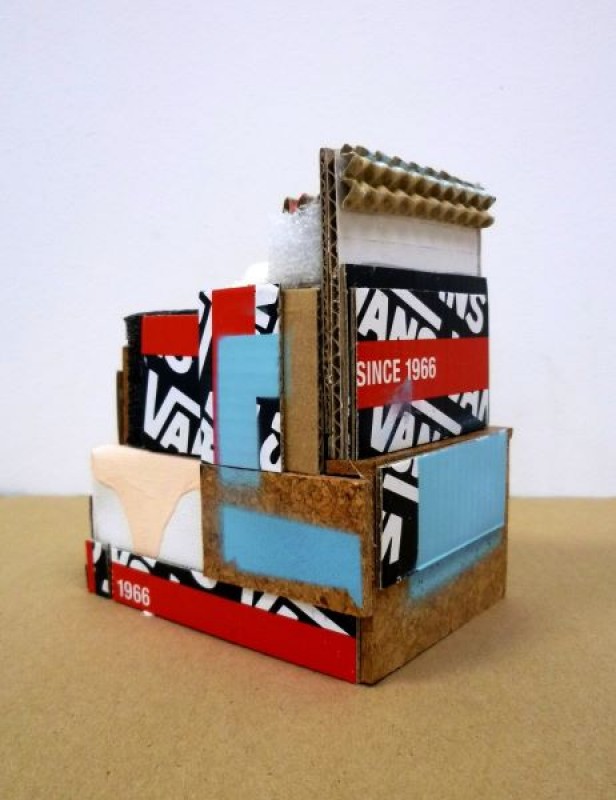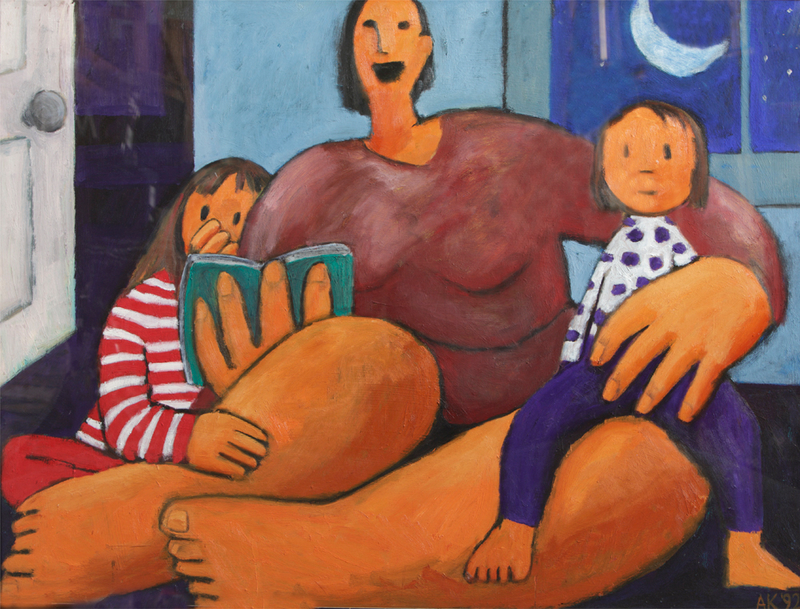Introduction
This learning resource is based on a workshop developed by illustrator and book sculptor Lucy Roscoe and writer Mary Paulson Ellis, author of the best-selling detective novel The Other Mrs Walker.
The inspiration for the workshop came from a sculpture made from the pages of a book which is in the collection of the National Library of Scotland. The sculpture was loaned to Firhill High School in Edinburgh where the workshop took place, a process that was supported and facilitated by Art UK.
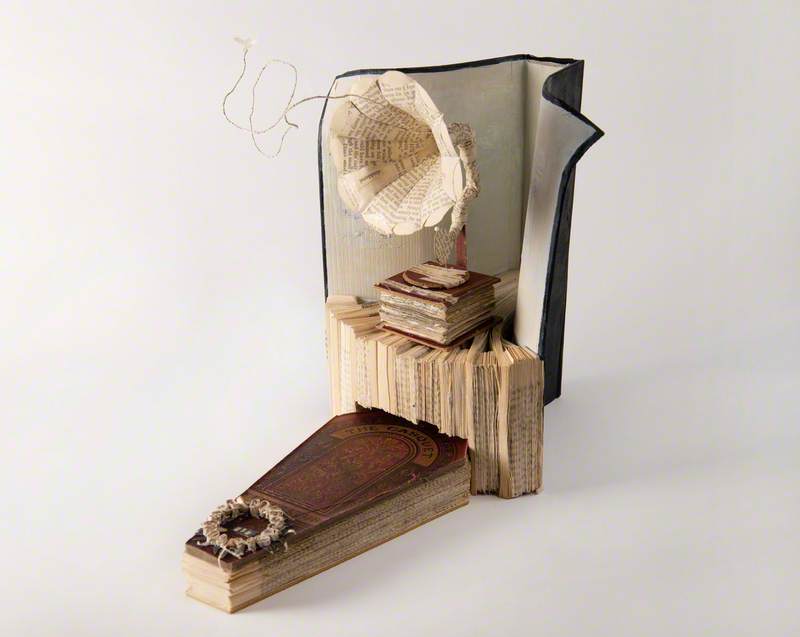
© the copyright holder. Image credit: National Library of Scotland Art Collections
unknown artist
National Library of Scotland Art CollectionsExit Music was crafted from the pages of Ian Rankin's novel of the same name. It depicts a gramophone and a coffin and was originally accompanied by a note which read, 'A gift in support of libraries, books, ideas... (& against their exit)'. The sculpture appeared in the National Library of Scotland in June 2011 and is one of several now-famous Scottish book sculptures anonymously created and donated across Edinburgh between 2011 and 2016.
Setting the scene
Before the lesson begins, set up your scene in the classroom. Arrange props such as furniture and objects to suggest that an incident has taken place in the room.
Inspired by the crime genre of Ian Rankin's books, Mary Paulson Ellis staged a crime scene using tape stuck to the floor in the shape of a body and various objects scattered around.
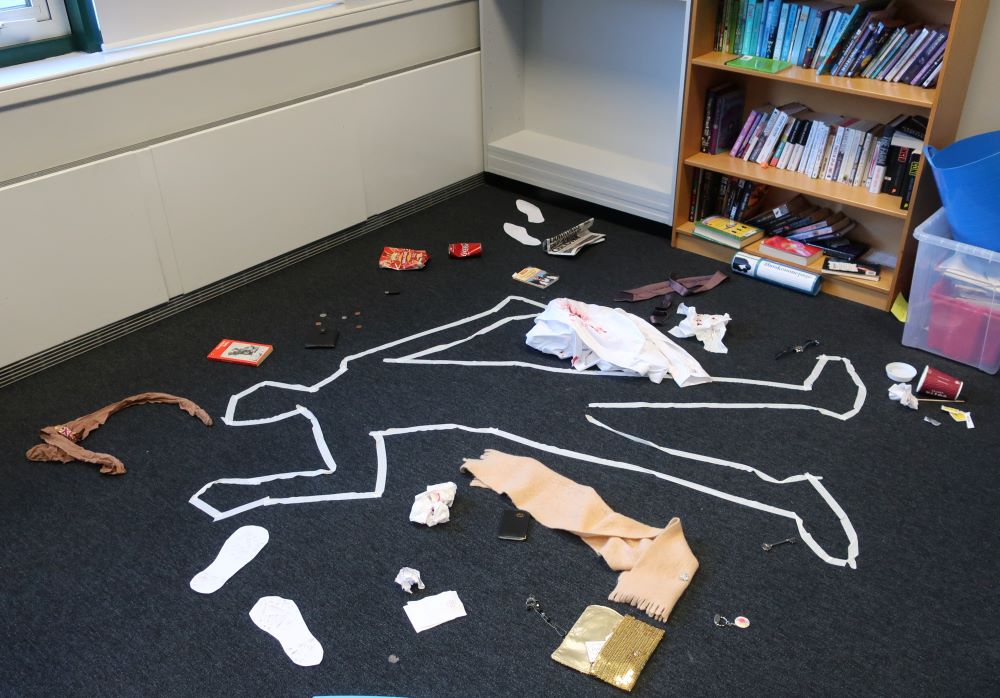
Image credit: Shane Strachan / Art UK
Staged crime scene for schools workshop
Your staged scene doesn't have to be a crime scene. You could arrange objects and furniture to suggest a domestic event or conversation.
If you are studying a book or poem in class, you could create a scene from the book, as a way of introducing the book, its characters, narratives, themes and atmosphere to students.
